In the fascinating world of winemaking, where each technique and ingredient contributes to a unique blend of flavors and aromas in finished wine, sur lie aging stands as an extraordinary method that adds depth and complexity to white and sparkling wines. Derived from French origins, sur lie aging involves allowing the wine to rest on its lees—the dead yeast cells—in the barrel or bottle for an extended period.
This process unlocks a hidden charm within the liquid, transforming it into a captivating elixir that tantalizes the palate with rich textures, vibrant acidity, and elegant nuances. Join us on a journey through this captivating art form as we explore the magic behind sur lie aging process and discover how it elevates your sipping experience to new heights.
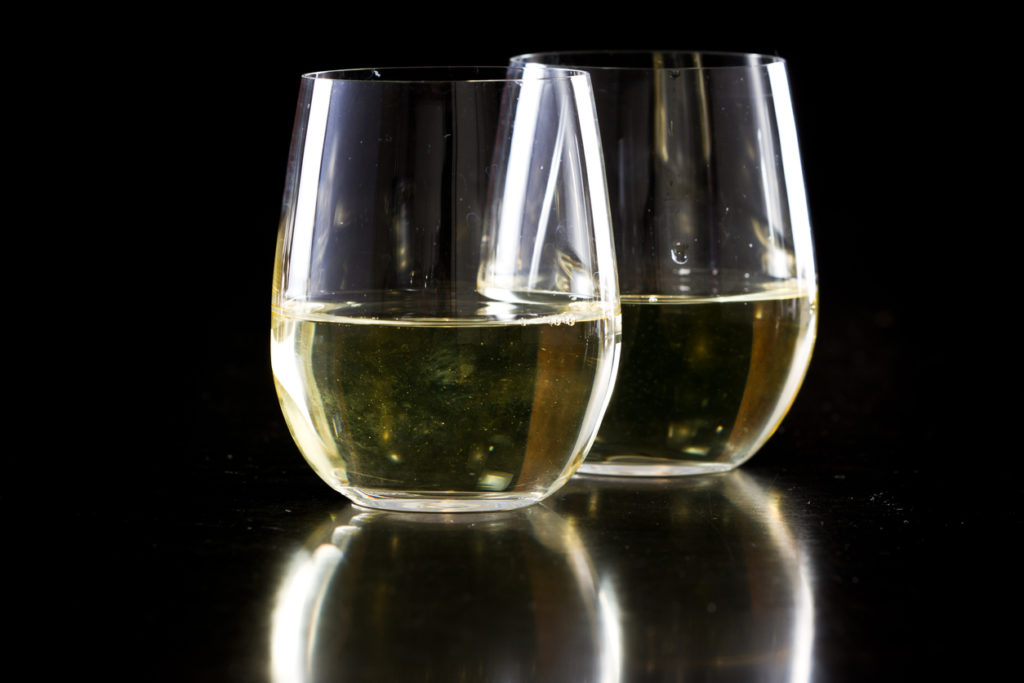
What are wine lees?
Wine lees, also known as wine sediment, are the remnants of spent yeast cells and other particles. They settle at the bottom of a bottle or barrel during the winemaking process. While some may see them as undesirable, there is more to wine lees in wine, than meets the eye. These sedimentary deposits play an important role in shaping a wine’s flavor profile and enhancing its complexity.
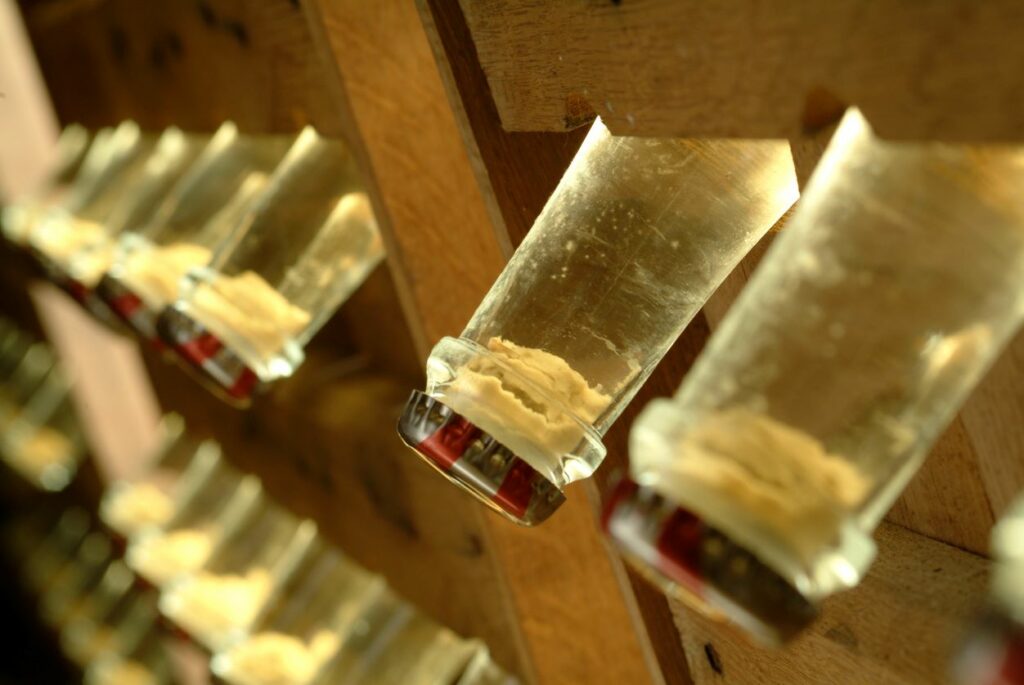
Role of wine lees in wine aroma
One of the most significant contributions of wine lees is their ability to add texture and depth to a wine. As they break down over time, they release compounds such as polysaccharides fatty acids and proteins that contribute to a fuller mouthfeel. This results in an increased richness and creaminess on the palate that can greatly enhance a wine’s overall appeal.
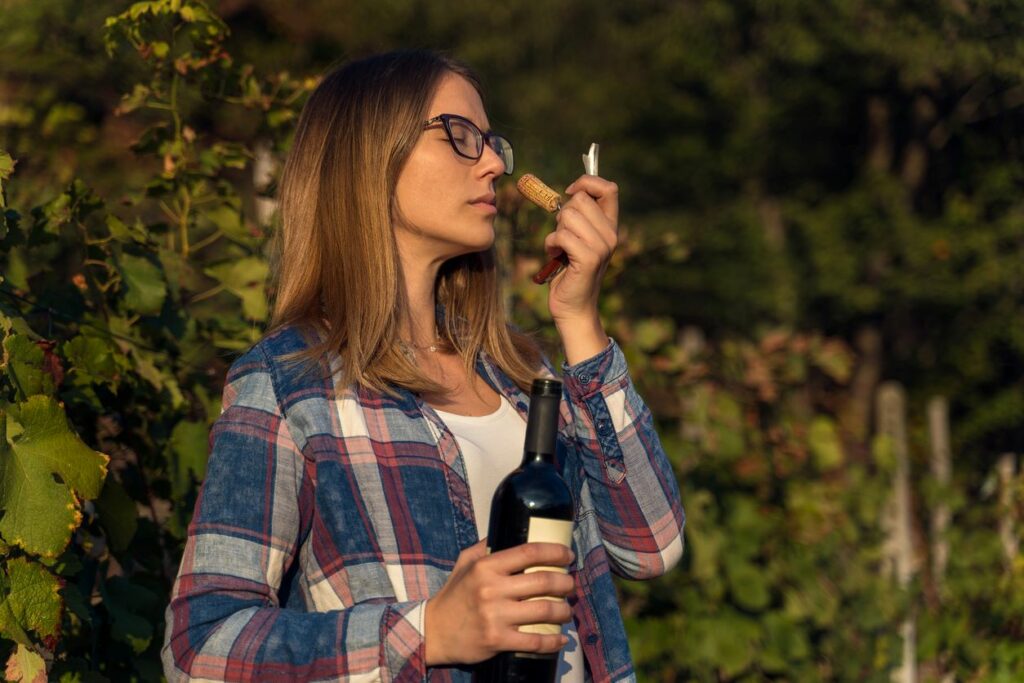
Wine lees in secondary fermentation
Furthermore, winemakers have discovered innovative ways to utilize wine lees beyond simply discarding them. For instance, some sparkling wines undergo a second fermentation on their lees in sealed bottles for extended periods, leading to autolysis. This is a process where dead yeast cells release flavors like toast, biscuit, and fresh bread into the final product. This technique imparts unique characteristics that truly set these wines apart.
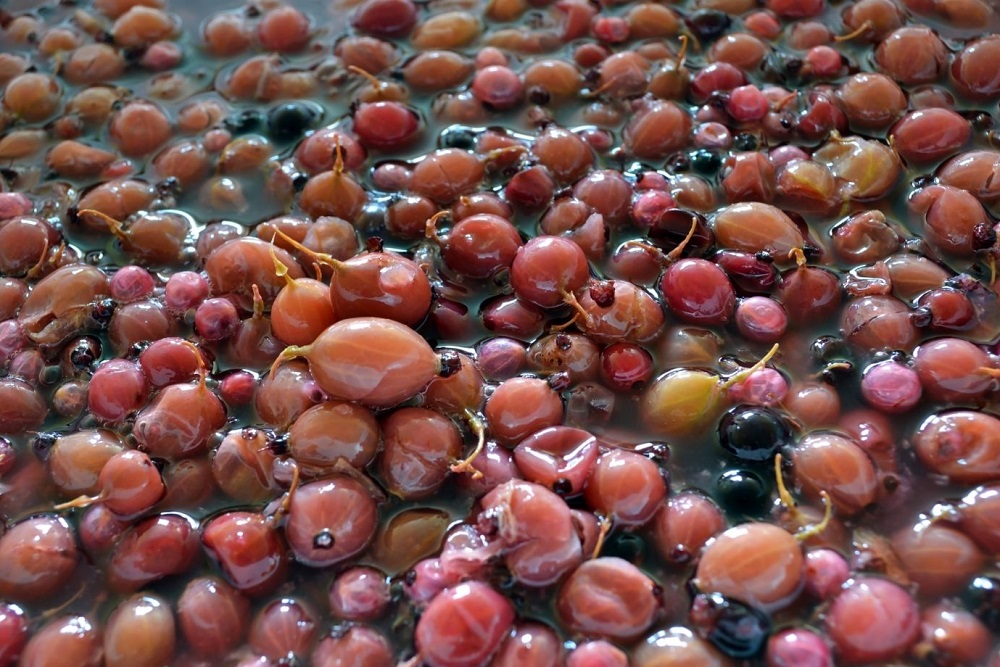
In conclusion, rather than gross lees being dismissed as mere waste material, wine lees should be acknowledged for their valuable contributions to winemaking. By offering textural complexity and providing flavor-enhancing qualities if managed correctly, these sediments bring an exciting dimension to wines that would otherwise be missed.
What effect does sur lie ageing have on wine?
Sur lie ageing is a winemaking technique that involves leaving the wine in contact with its yeast sediment, or lees, for an extended period of time. This process can have a profound effect on the flavor and texture of fine lees in the wine. The result are complex and nuanced characteristics that cannot be achieved through traditional aging methods.
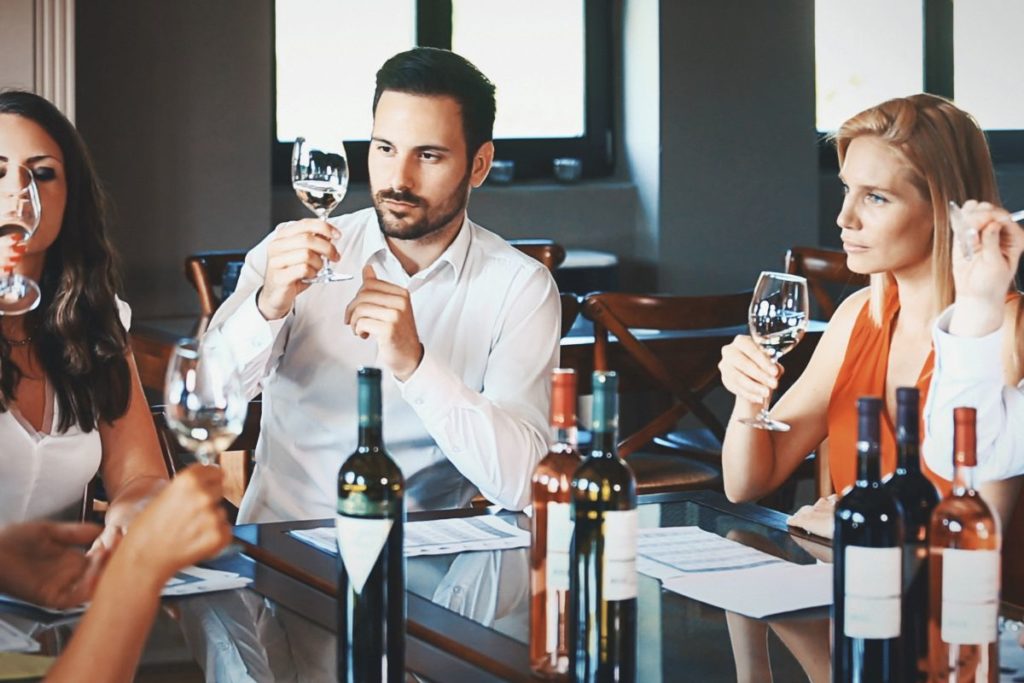
One of the key benefits of sur lie ageing is increased aromatic complexity. As the wine rests on its lees, it absorbs various compounds released by the yeast during fermentation. This can lead to the development of unique flavors and aromas such as buttery notes, nutty undertones, and even hints of honey. The longer the wine stays in contact with its lees, the more pronounced these complexities become.
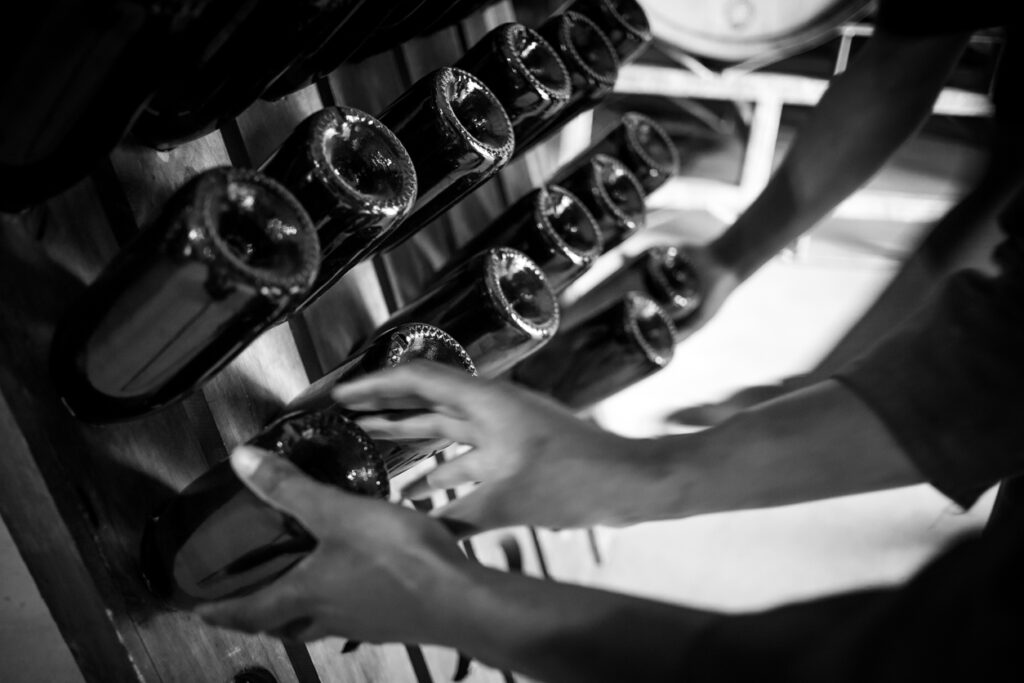
In addition to enhancing aromatics, sur lie wine ageing can also influences a wine’s texture. The presence of yeast cells can contribute to a fuller body and creamier mouthfeel in white wines especially. This added weightiness on the palate adds depth and richness to the overall experience. This makes sur lie-aged wines incredibly appealing to those seeking more luscious expressions.

Overall, sur lie ageing unlocks hidden dimensions within wines that are not achievable through other means. From heightened aromatics to enhanced texture, this technique offers a gateway into exploring new flavors and sensations for both casual drinkers and seasoned enthusiasts alike. So next time you come across a bottle labeled sur lie, do yourself a favor and indulge your senses in this fascinating journey through complexity and refinement.
How long are wines aged on lees?
Aged on lees, a process where wine ages widely used in winemaking, adds depth and complexity to the flavors of a wine. But how long should wines be aged on lees? The answer may vary depending on the style of wine and the winemaker’s preferences.
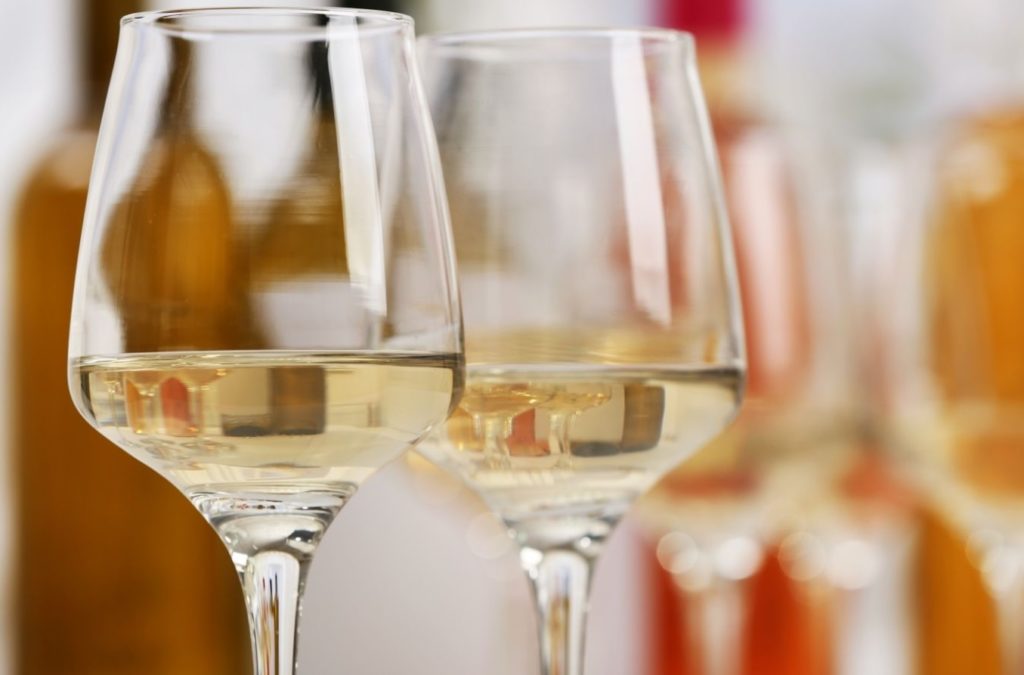
For white wines, typically aged on dead yeast cells called lees after fermentation, the duration can range from a few months to several years. Shorter periods of just a few months provide subtle yeasty notes and enhance the mouthfeel without overwhelming the fruit characteristics. However, for those seeking more pronounced aromas and flavors such as bread dough or brioche, longer aging periods are necessary.
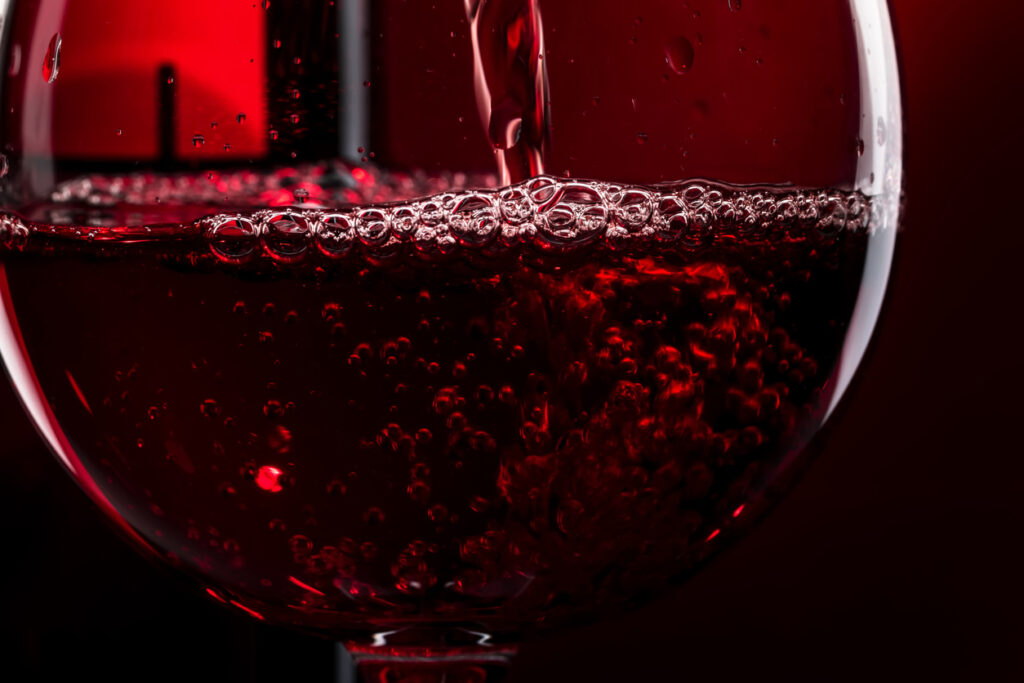
In contrast, red wines are less commonly aged on lees. However, some winemakers experiment with this technique to develop added richness and structure in their creations. The duration can vary widely here, too. While shorter lees aging periods ensure minimal impact on the bright fruit flavors of red wines, longer times bring forward nutty nuances that complement well with oak influences.
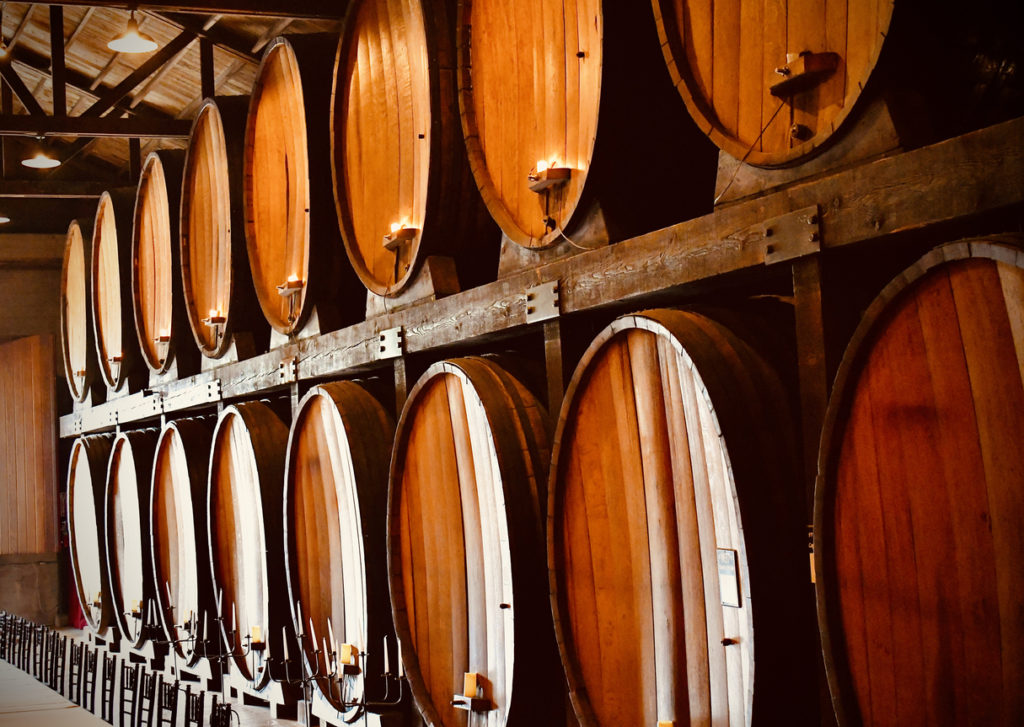
Understanding how long wines are aged on lees gives us insight into winemakers’ creative choices and their desired end products. It is ultimately about finding that balance between optimal maturation time for convenience versus enhancing complexity and character. So next time you savor your favorite wine, take a moment to appreciate the journey it went through before reaching your glass. This includes its time spent in oak barrels and aging gracefully on lees!
What is Battonage?
Battonage is a winemaking technique that can have a profound impact on the flavor and texture of the final product. It involves stirring the lees, or spent yeast cells, in a barrel or tank during fermentation or aging. This process serves to evenly distribute the yeasty sediment throughout the wine, increasing contact between the lees and wine, which imparts desirable characteristics such as richness, complexity, and creaminess.
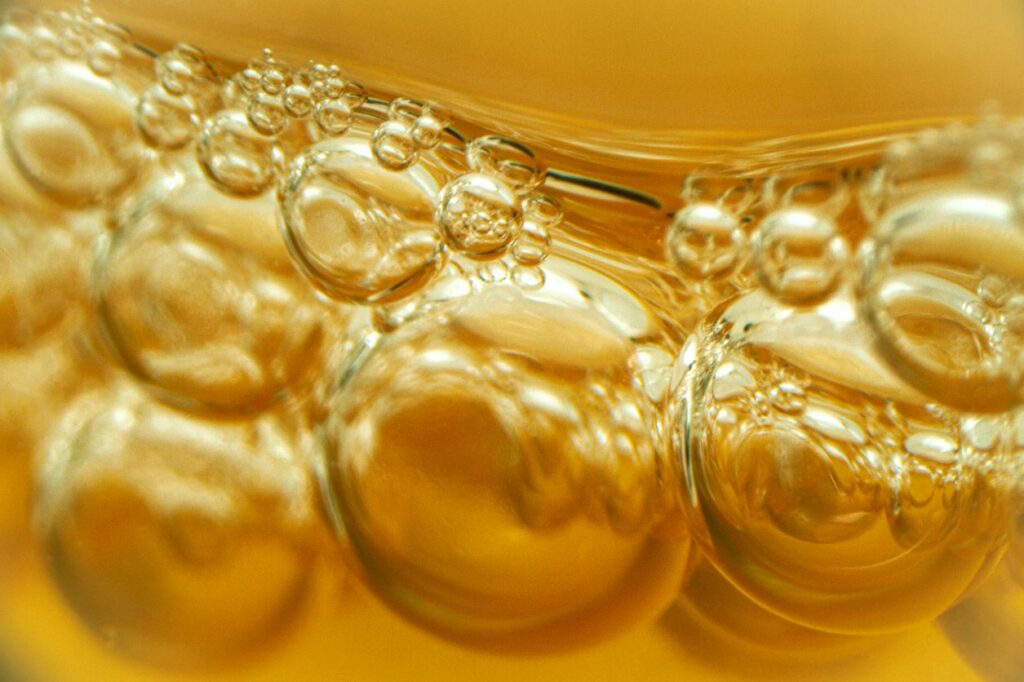
While battonage is primarily associated with white wines, it can also be used for some reds. The frequency and duration of stirring varies depending on factors like grape variety, desired style, and personal preference. Winemakers must carefully monitor the progress of battonage to strike a balance between enhancing flavors and preventing undesirable outcomes like excessive reduction or off-flavors from autolysis.
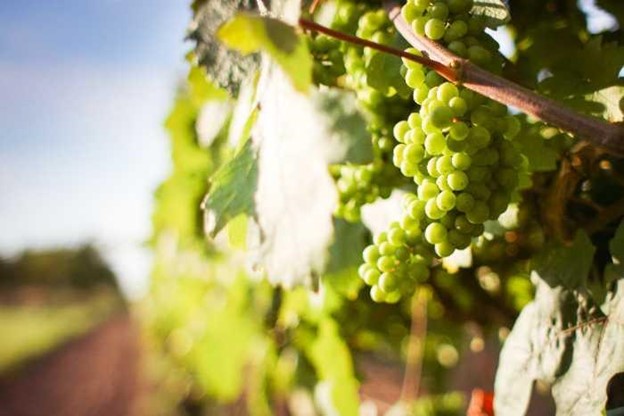
One interesting aspect of battonage is how it can influence different flavor profiles in white wines. For example, in Chardonnay production, regular stirring of the lees tends to enhance creamy textures and develop nutty aromas reminiscent of butter or brioche. However, overdoing it may result in overwhelming oak influence or make fruity notes less pronounced. Precise timing and experimentation are crucial for winemakers seeking to master this technique.
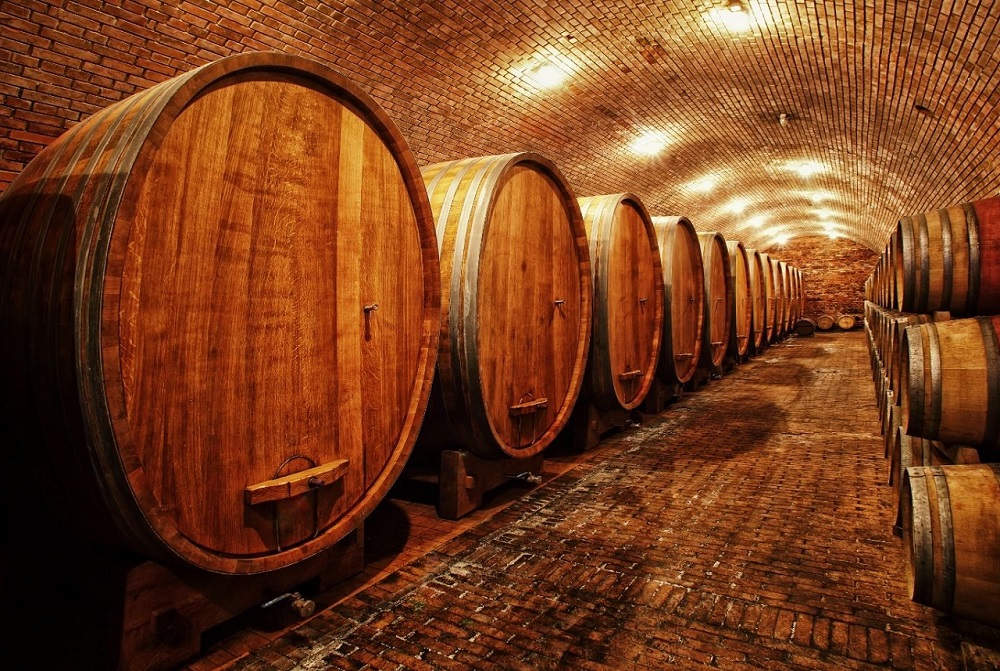
Overall,battonage showcases winemakers’ dedication to crafting complex wines that transcend ordinary expectations by unleashing unique flavors derived from lees interaction with wine. Employing this meticulous technique offers them an additional tool for expressing their creativity while keeping tradition alive.
Vintage Champagne
Ageing on yeast lees, is a fundamental step in the creation of vintage Champagne. Gracefully laying in cellars, these bottles embrace time and undergo a transformative process. They emerge with complex and delicate flavors that captivate even the most discerning palates. This traditional technique involves leaving the wine to rest on its yeast sediment, known as lees, for an extended period after the secondary fermentation.
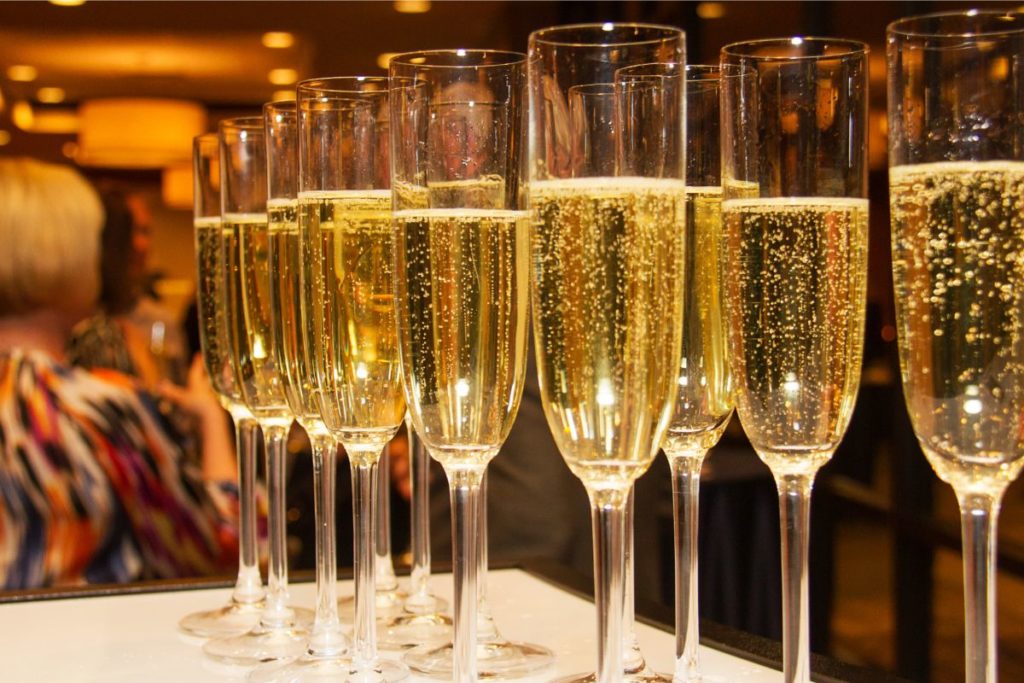
As the wines age on lees, magical alchemy takes place within each bottle. The lees slowly break down, releasing compounds that contribute to both aroma and taste development in aging wine. This extended contact provides autolytic characteristics to the wine, unveiling enchanting notes of fresh brioche and toasted almonds. With each passing year spent on lees, these flavors deepen and intertwine with hints of red apple skin and warm hazelnuts.
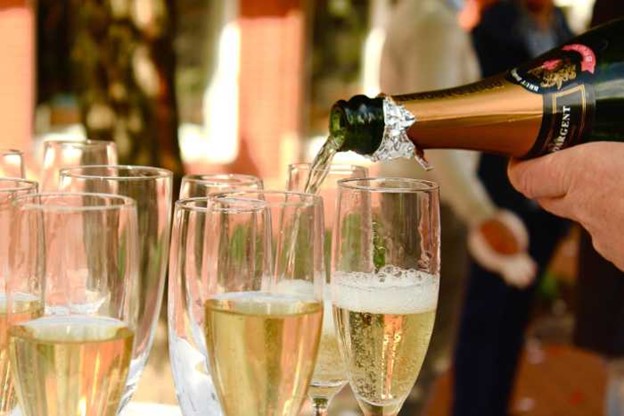
Another key benefit of ageing Champagne on lees lies in enhanced mouthfeel and texture. The delicate carbonation of sparkling wine becomes refined during this time. It gives rise to an elegant mousse that dances vibrantly across the tongue. Additionally, the interaction between the wine’s acidity and proteins released from the yeast cells results in a creamy yet crisp sensation that lingers long after each sip.
In summary, ageing vintage Champagne on lees elevates this sparkling elixir to new heights. Beyond preserving freshness over time, embracing this method adds layers of complexity through evolving aromas and textures.

